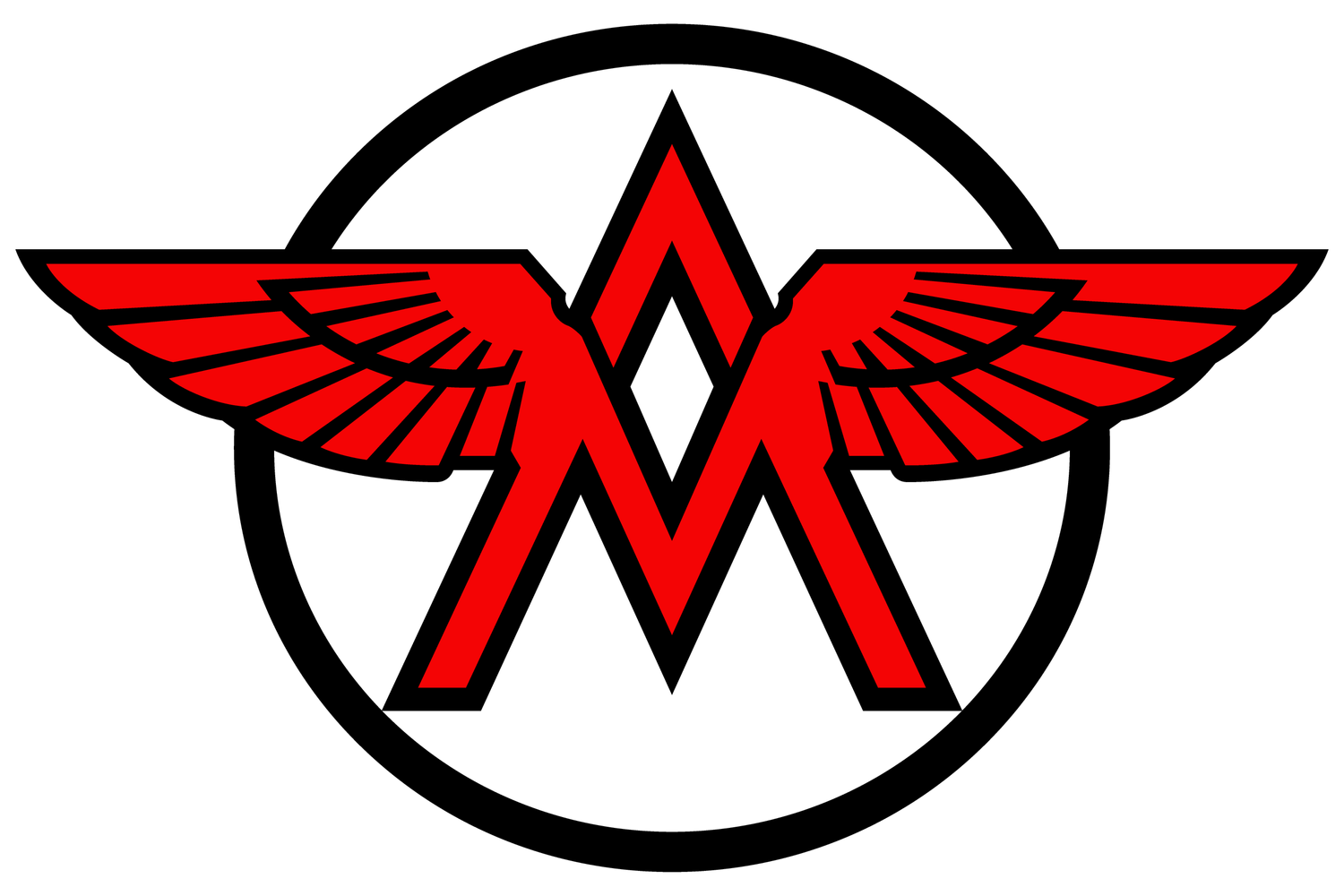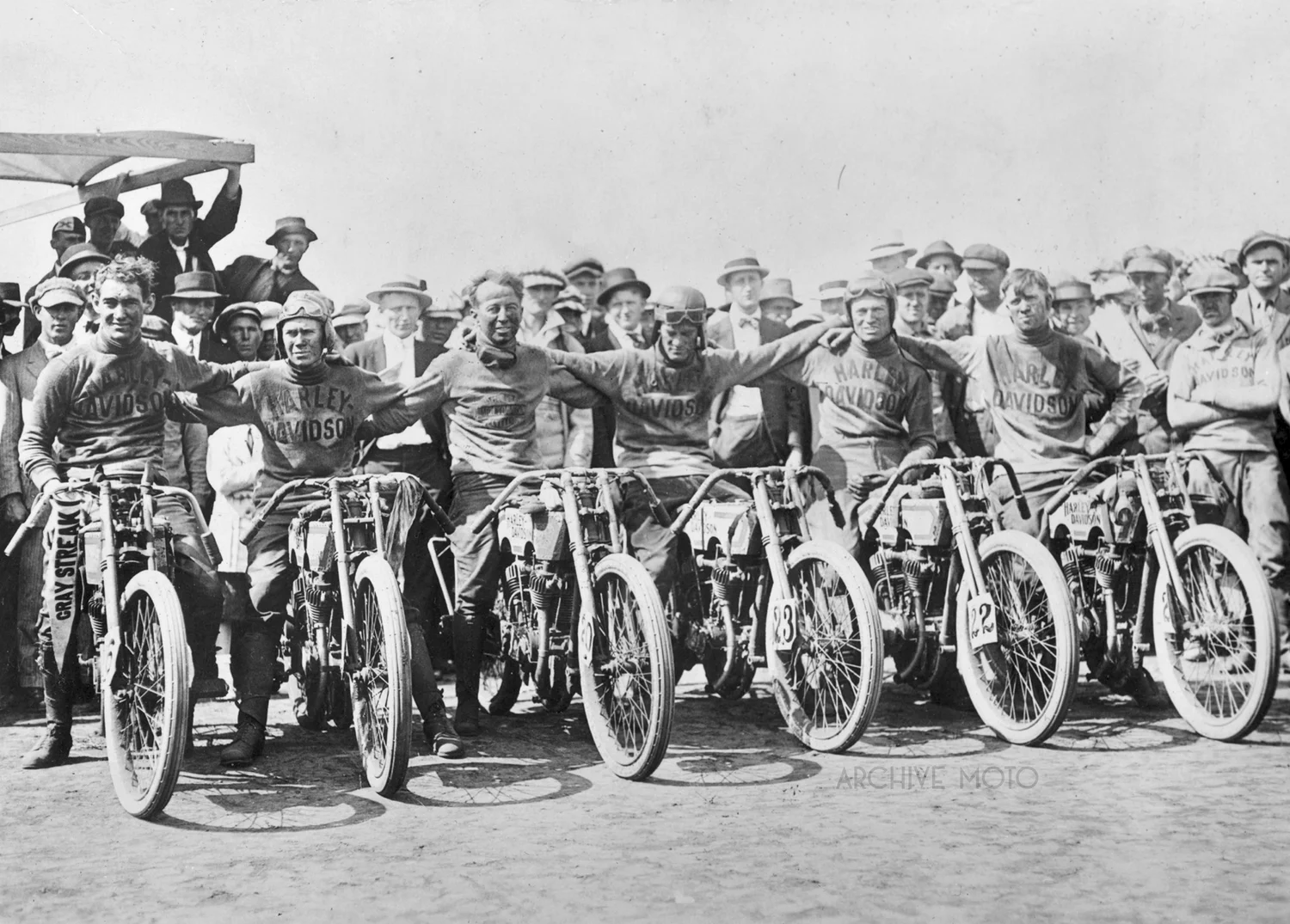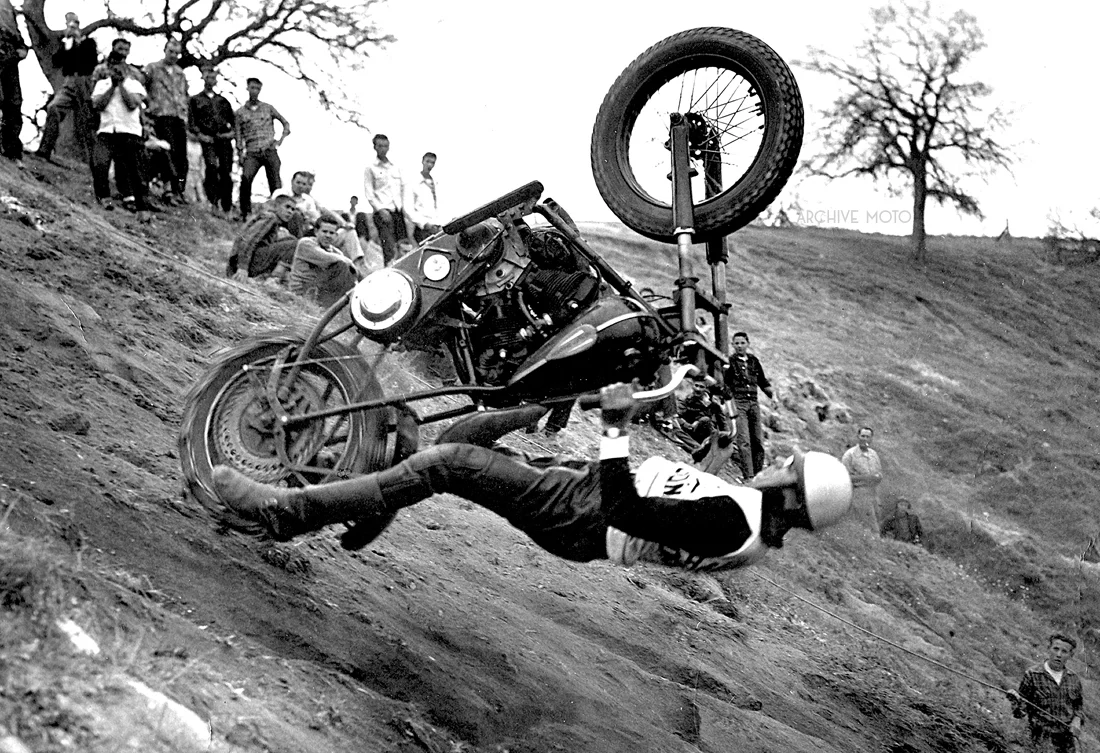Harold Mathews, 1948 AMA National Hill Climb Champion, Fresno’s Harley-Davidson dealer since 1953, and a passionate life-long motorcyclist having a bit of a 2016-esque moment back around 1949.
What a crazy year. I hope you faired better than old Harold did in this shot, but if not just remember that he went on to become the National Champ so keep on pushing.
I am humbled and delighted at how much this little Archive Moto project has grown so far and I’m excited for what the next year holds. I have some exciting new side projects brewing, a full calendar of events that I’m hopping on the ’41 and rolling out to hang, and with any luck I will be releasing my second book documenting the remarkable series of pre-1930’s American motorcycle racing photographs from The Van Order Collection. The one thing that I’ve noticed as my little history project has grown is how much motorcycle culture is exploding in our own time, and how so many friends are making this one of the best times to live on two wheels.
I do not like printing “I” very often in my posts, but Archive is just me, Chris, so I sincerely want to wish the best for everybody in the coming year and I look forward to the good times to come! Cheers.
Here is to a hell of a 2017.
“… to sleep late, have fun, get wild, drink whisky, and drive fast on empty streets with nothing in mind except falling in love and not getting arrested . . . Res ipsa loquitur. Let the good times roll.” ~HST
Chris





